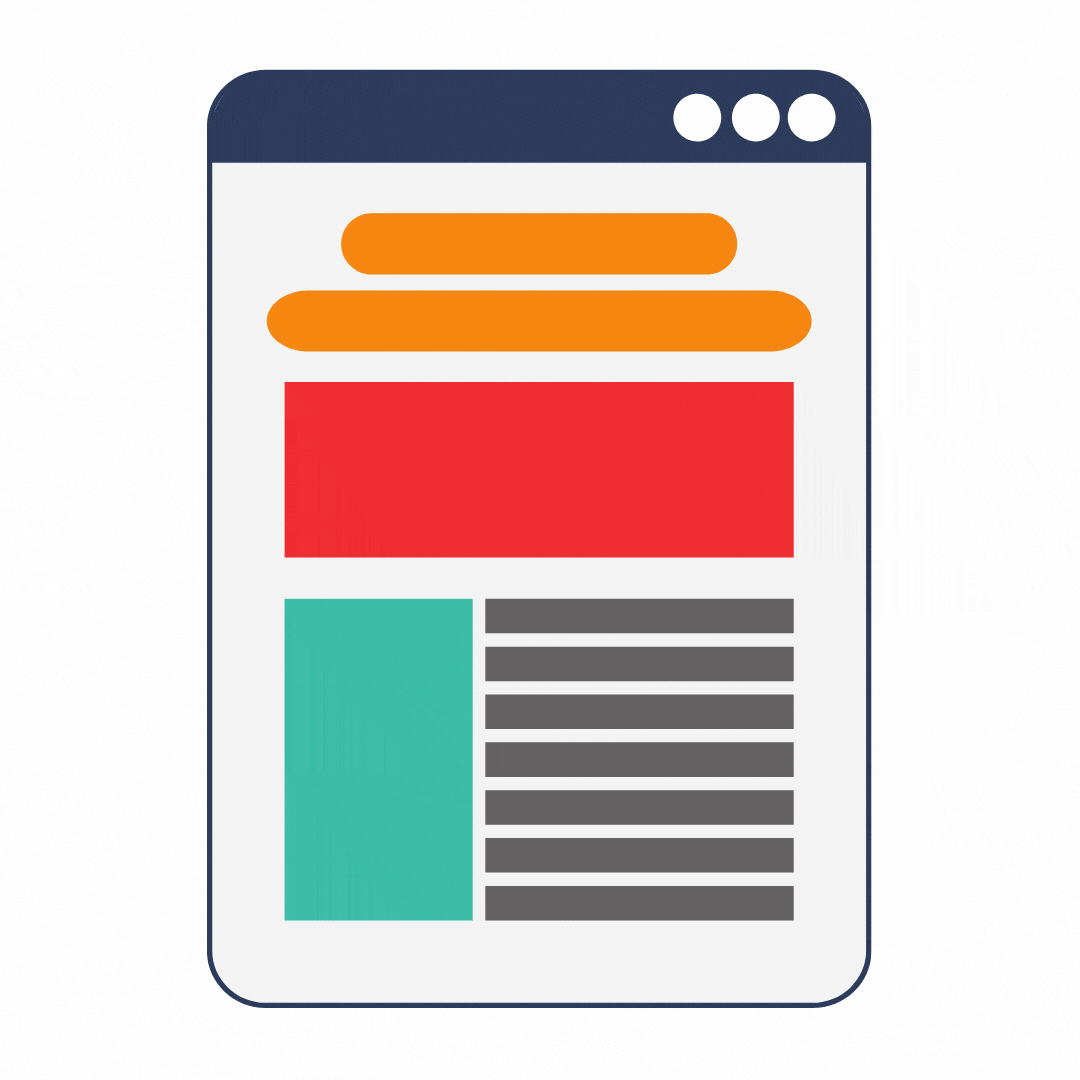Improving Listening Toefl Score Viewed from Students’ Listening Strategies
Keywords:
learning strategies, listening, toeflAbstract
This research describes the students’ learning strategies used for improving the listening TOEFL score. The goals of this research are to find out the students’ difficulties in answering listening section of TOEFL and to discover students’ listening strategies to improve their score in listening section. The research is held in TOEFL preparation class of English Language Education Department, University of Nusantara PGRI Kediri. This research used descriptive qualitative, and the data collected using questionnaire. The participants are 30 students of semester 8. This research found that the difficulties of answering listening section in TOEFL are speed, accent, unfamiliar words and word phrases, quality of audio and cultural knowledge. The learning strategies used by students in improving listening score are compensation strategy, cognitive strategy, and metacognitive strategy. Compensation strategy is used more than cognitive and metacognitive strategy. All of participants use compensation strategy and can help them in answering listening TOEFL questions.
References
Ahmadi, S, M.(2016). The importance of Listening Comprehension in Language Learning. International Journal of Research in English Education, 7-10
Alhojailan & Ibrahim, M.(2012). Thematic Analysis: A critical review of its process and evaluation. West East Journal of Social Sciences, 39- 47.
Bacon, S.M.(2011). Authentic listening: how learners adjust their strategy to the difficulty of the input. Listening strategies used by language learners.
Bano, F.(2017). Towards Understanding Listening Comprehension in EFL Classroom: The case of study Learners. English Language Teaching, 21-27.
Bao, X.(2017). A study on Listening Strategies Instructed by Teachers and Strategies Used by Students. International Journal of English Linguistics, 186-195
Bingol, M, A. Celik, B. Yildiz, N & Mart, C.(2014). Listening Comprehension Difficulties Encountered by students in Second Language Learning Class. Journal of Educational and Instructional Studies in The World, 1-6
Buck, G. (2001). Assessing listening. Cambridge University Press: Cambridge Language Assessment Series.
Creswell, W. J., & Creswell, D. J (2018). Research design :Qualitative, quantitative, and mixed method approach. Sage publications.
Glenn, E. C. (2000). A content analysis of fifty definitions of listening. Journal of the International Listening Association, P: 21–31.
Gu, L.(2017). A Review o the Theories and Principles of Teaching Listening and Their Guidance in Senior High English Lesson in Mainland China. Studies in English Language Teaching, 35-46.
Huy, L, H, T. (2015). An Investigation into Listening Strategies of EFL Students within the High School Setting. Asian Journal of Educational Research, 21-34.
Ivarsson, E & Palm M.(2013). Listening Strategies in the L2 Classroom. Malmo hogskola, 1-55
Karagöz, B.İşcan, A. Baskin, S. (2017). Investigation of Turkish Teacher Candidates Listening Skills. Universal Journal of Educational Research, P:751-756.
Downloads
Published
How to Cite
Issue
Section
License
Copyright (c) 2022 Agung Wicaksono, Sulistyani, Khoiriyah, Mahendra Puji Permana Aji

This work is licensed under a Creative Commons Attribution-ShareAlike 4.0 International License.




